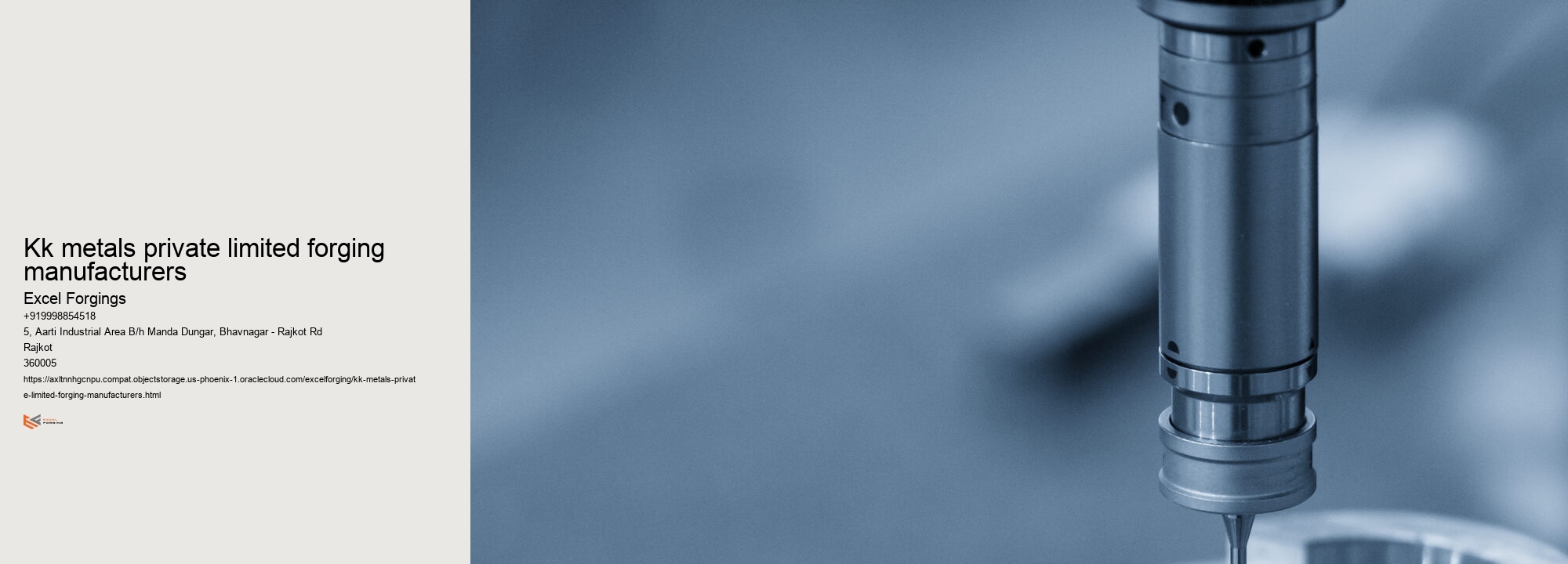


There are several competitive considerations for forgings, such as the cost of raw materials, production costs, quality and accuracy requirements, delivery timeframes and customer service. Additionally, some other factors to consider include production efficiency in terms of throughputs and lead times for product design changes. Finally, market trends also play an important role in determining competitiveness in forging businesses.
The forging process involves a number of steps in order to shape metal components. The steps include heating the metal, hammering it into the desired shape, and finishing it with grinding or polishing. Heating is done to soften the metal so that it can be formed into the required shape. This is followed by hammering, which shapes and strengthens the softened metal. After this, any final adjustments are made before grinding or polishing completes the process.
Customer satisfaction considerations for forgings include the quality of the forging process and parts, delivery time, cost efficiency, responsiveness to customer inquiries and feedback, custom product design capabilities, capability to meet repeat orders with consistent quality, and after-sales service. Ensuring that all these factors are met will lead to a satisfied customer base.